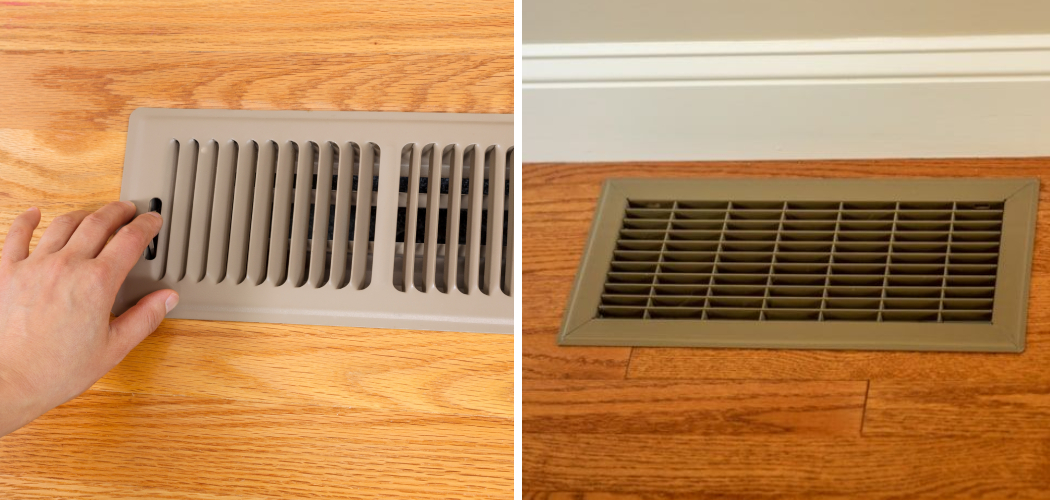Floor vents are a necessary part of any home but can be dangerous for young children. Baby-proofing these areas is not only important for the safety of your little one, but it also helps to prevent air leaks and energy loss in your home. Taking the time to baby-proof floor vents will ensure your child cannot play with or access any of the small or sharp parts that make up a vent.
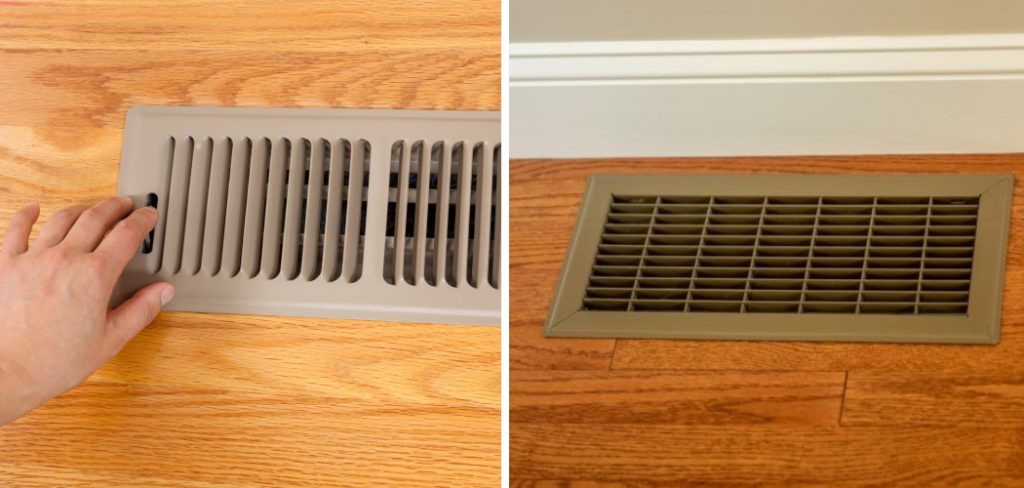
One of the main advantages of baby-proofing floor vents is that it helps to keep your little ones safe from potential hazards. Floor vents can be a choking hazard and are at risk of being tampered with by curious babies or toddlers. Baby-proofing these areas will help protect your child from harm and give you peace of mind knowing that they are safe and secure. In this blog post, You will learn in detail how to baby proof floor vents.
Step-by-Step Processes for How to Baby Proof Floor Vents
Step 1: Inspect the Vents
Take a few minutes to inspect the vents and look for any gaps or openings that could be hazardous to your baby. Pay special attention to any corners, crevices, or other areas where small objects can become lodged or stuck.
Step 2: Cover the Vents with Mesh Screens
Once you’ve identified potential hazards, it’s time to install mesh screens over the vents. Mesh screens are available at most hardware stores and online retailers and come in several sizes to fit different types of floor vents. Securely attach the mesh screens using screws or adhesive tape.
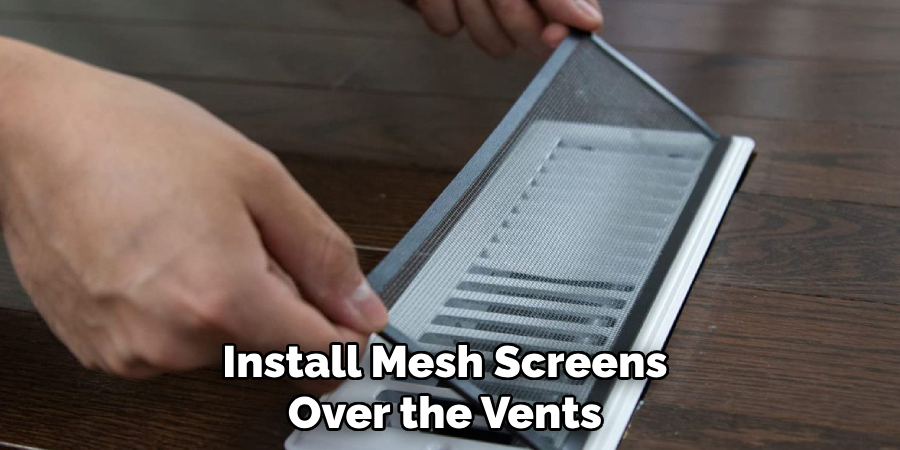
Step 3: Install Furniture Safety Straps
If you have furniture such as a sofa or chairs placed over your floor vents, purchase and install safety straps to keep them in place. Safety straps provide extra support and limit the movement of furniture, which can help prevent your baby from crawling under it or getting stuck underneath.
Step 4: Put Door Stops Where Necessary
Place door stops at the top and bottom of doors that open directly over floor vents to prevent them from being opened too wide. This will also help prevent your baby from entering the room and crawling in or around the vent area.
Step 5: Keep Toys and Objects Away From Vents
Make sure to keep toys, furniture, and other objects away from floor vents so that there is no risk of these items being sucked into or stuck in the vents. Also, avoid leaving loose items on the floor where your baby can easily reach them and put them in their mouth.
By following these steps, you can ensure that your floor vents are properly baby-proofed and that your little one is safe while they explore their environment.
Precautions for How to Baby Proof Floor Vents
- Choose vent covers that fit securely over the floor or wall vents and are difficult to remove for added protection from curious babies.
- Consider installing floor grates with airflow control to adjust the air going through the vent while still baby-proofing it.
- If you have multiple vents in a room, cover each with a separate guard to ensure safety.
- Secure larger vents with sheet metal screws that provide extra stability and protection against curious babies.
- Place furniture like couches, chairs, or anything else that blocks access to the floor vents to further baby-proof them.
- Regularly inspect your home’s ventilation system to ensure all parts are functioning properly and that there are no cracks or gaps that could be a safety hazard.
- Keep an eye on your baby while playing in the room, so you can intervene if needed. Also, talk to them about the dangers of putting their fingers inside vents or trying to remove the coverings from them.
By taking the necessary precautions and following these tips, you can effectively baby-proof your floor vents and keep your little one safe.
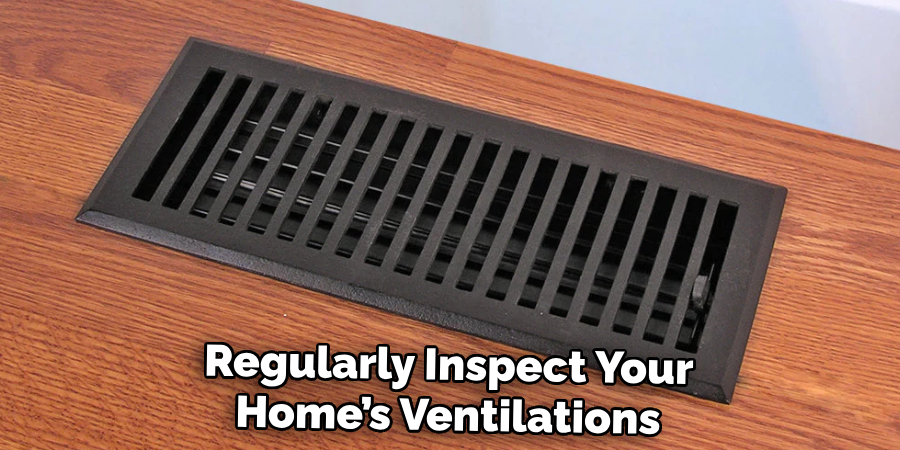
What Are the Best Methods for Baby Proofing Floor Vents?
Baby-proofing any room in your home is an important step to take for the safety and well-being of your little one. Floor vents can be hazardous if improperly secured, so you should step to baby-proof them as soon as possible. Here are some of the best methods for baby-proofing floor vents:
- Covering the Vents: One of the simplest ways to baby-proof your floor vents is to use a cover that fits over them securely. Look for covers made from breathable material so air can circulate, but curious fingers and objects won’t get inside.
- Install Guards Around the Vents: If you don’t want to use a cover on the vents, you can install guards around them instead. This involves attaching guards designed to fit around the vent and keep it securely closed.
- Remove Objects from Around the Vents: Make sure there’s nothing near your floor vents that could be used as a step stool or launch pad for your baby. Keep furniture, toys, and other objects at least three feet from the vents.
By taking these steps to baby-proof your floor vents, you can keep your little one safe while still allowing air to circulate in the room. If you’re unsure of what type of cover or guard is best for your home, consult a professional who can help guide you through the process.
How Can You Protect Your Baby or Toddler From Accessing the Floor Vent?
There are several ways to baby-proof floor vents. One of the simplest and most effective solutions is to use a vent cover. A vent cover is designed to fit securely over your existing floor vents, preventing small children from accessing them.
When selecting a vent cover, ensure it fits snugly against the edges of your floor vents and has no gaps or holes. Additionally, some covers come with a locking mechanism that can be used further to secure the cover and your child’s safety.
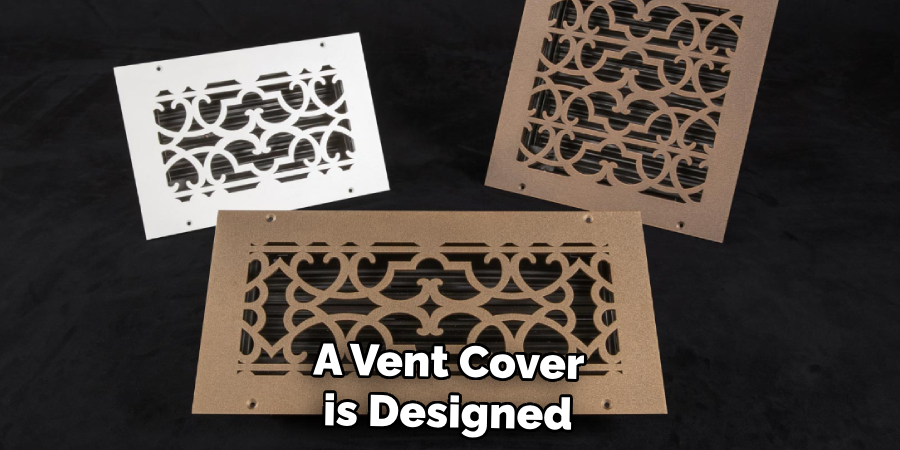
Another option for baby-proofing floor vents is installing grilles or guards. Grilles are metal frames that fit around the edges of your floor vents, blocking access to the openings and preventing small objects from falling into them. Grilles come in various sizes and styles, usually designed to match your home’s existing decor. You can also use safety gates or guards around the room containing the floor vents for extra protection.
Are There Any Hazards Associated With Exposed Floor Vents That Need to Be Taken Into Consideration When Baby Proofing Them?
When it comes to baby-proofing floor vents, there are a few different hazards that should be taken into consideration. One of the biggest dangers is if a child or pet gets their fingers stuck in the vent slats. This can cause serious injury and should be avoided at all costs. Additionally, depending on where the vent is located, there is a risk of objects being sucked into the vent and causing damage to the heating or cooling system.
To prevent these dangers, it is essential to properly baby-proof floor vents. One way this can be done is by covering the vents with grilles that securely fit over the top. These grilles keep fingers from getting stuck and form an effective barrier against objects from being sucked into the vent. Another option is to install child safety locks on the grilles, providing an added layer of protection.
How Often Should You Check for Potential Hazards Related to Exposed Floor Vents in Your Home?
Regularly checking for any potential hazards associated with exposed floor vents in your home is important. This should be done especially if you have young children or babies living in the house.
You should check for any chew marks or signs of tampering around the vent and inspect it to ensure it is securely fastened and nothing small can fit inside. Furthermore, the vent should be checked for sharp edges that may cause harm to children and babies.
Finally, you should often check to ensure no objects or debris are blocking the airflow from the vent and that it is operating properly. Following these tips, you can ensure your home is safe for everyone and keep exposed floor vents baby proofed.
If you find any issues with the vent, contact a qualified technician to repair or replace it as needed. Regular maintenance and inspections ensure your home will remain safe for all occupants, including children and babies.
How Do You Know If Your Baby Proofing Efforts Are Successful?
It is important to ensure that your baby-proofing efforts have been successful. You should test the area around the floor vents for areas where your child can still access them. If you can lift or remove the cover of a vent, it may mean there is not enough protection in place, and you will need to add additional baby-proofing measures.
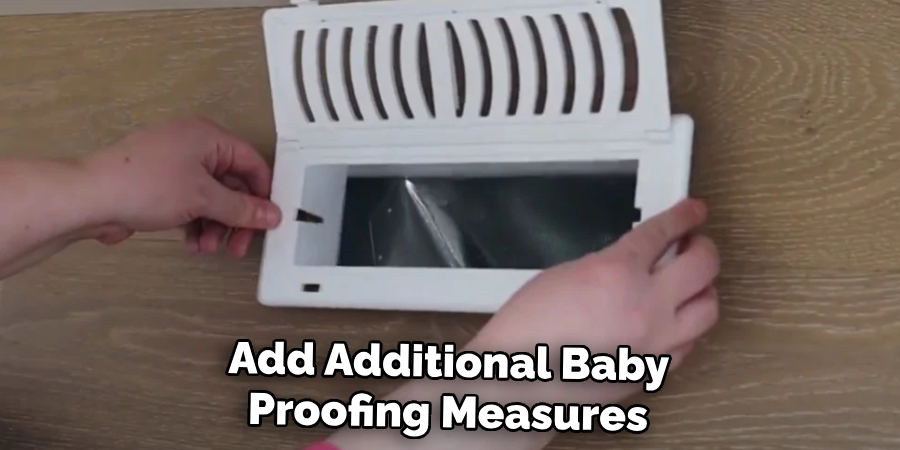
You can also test the area around the floor vents by inserting a baby-safe object, such as a toy or stuffed animal, into the vent opening and seeing if it can be removed easily.
Lastly, you should pay close attention to your child’s behavior, and if they seem to be attempting to access the floor vents, it is important to add additional protection. By taking the necessary measures, you can ensure that your baby is safe from any potential harm from accessing the floor vents. Overall, baby-proofing your home, specifically around floor vents, is important to being a parent.
Conclusion
In conclusion, baby-proofing floor vents can only be daunting with the right knowledge and resources. However, it is an important step in ensuring your home is safe for your little one to explore and grow. By taking the time to research the best solutions for your situation, you can easily and effectively make sure that no harm will come from these everyday objects.
Whether you opt for covers, gates, or padding, protecting your baby from floor vents is essential to the baby-proofing process. This article has been beneficial for learning how to baby proof floor vents. Make Sure the preventive measures are followed chronologically.
